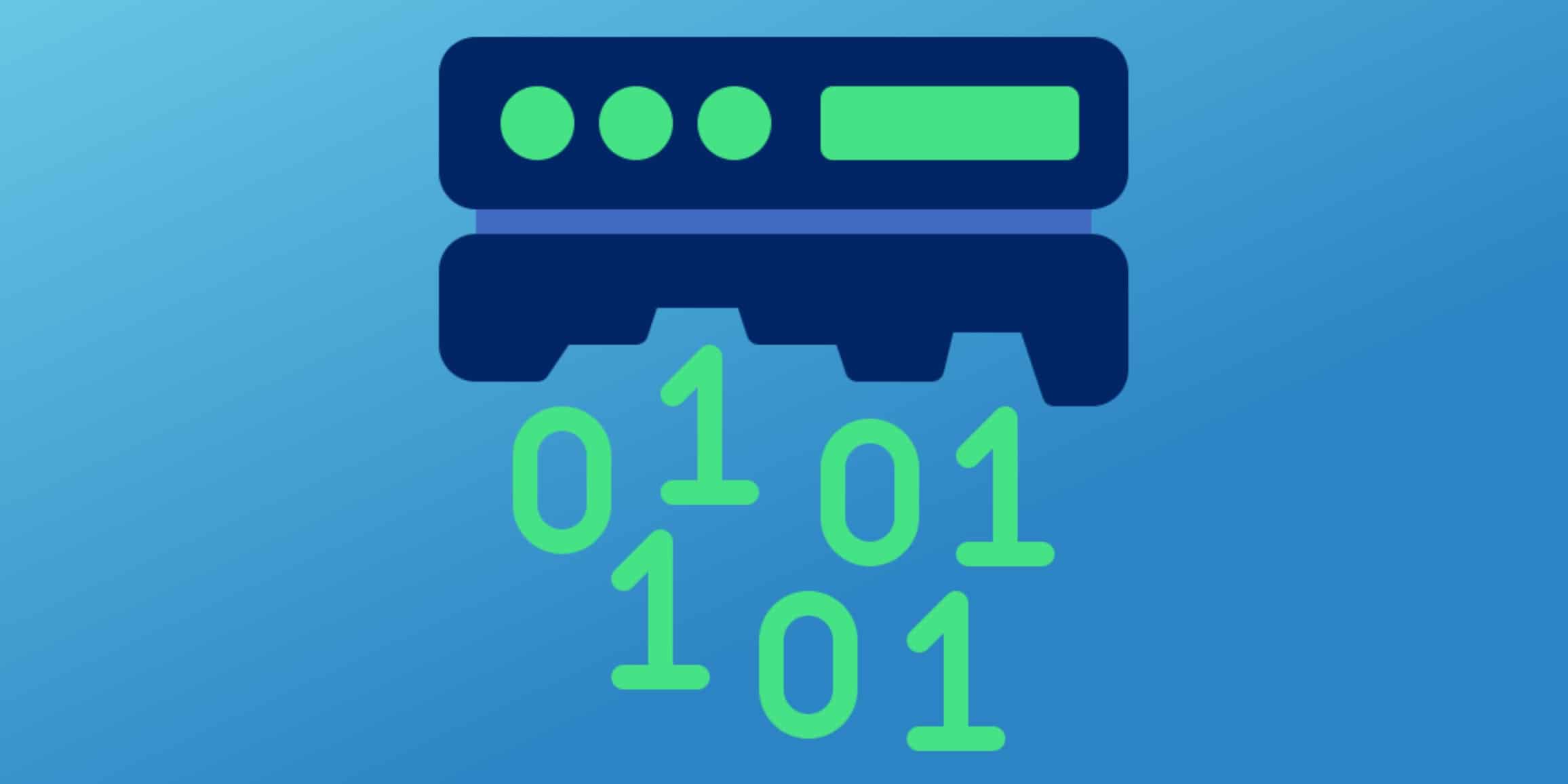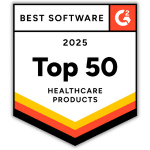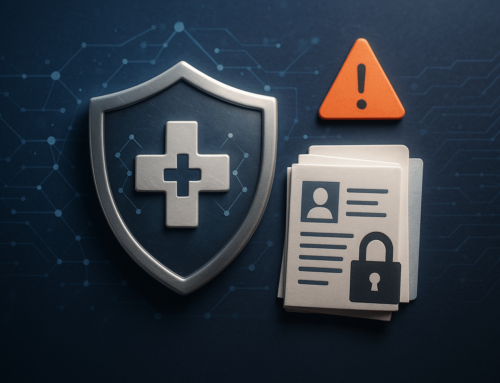Handling patients’ protected health information is something healthcare providers do every day. Because of its sensitive nature, extra precautions must be taken to safeguard PHI. The Department of Health and Human Services (HHS) recommends ten practices that anyone handling PHI needs to implement, the fourth of which is HIPAA data loss prevention.
What is HIPAA Data Loss Prevention?
HIPAA defines standards by which PHI must be handled. These standards include mandating data protection in healthcare through physical, technical, and administrative safeguards to protect PHI. One of these safeguards calls for organizations to back up their data, to enable access to patient data in case a breach occurs.
HIPAA data loss prevention (DLP) software plays an essential role in safeguarding PHI. This software, once properly implemented, ensures that only authorized users have access to sensitive data, and that data is not lost or misused.
DLP software categorizes an organization’s data to identify confidential or critical information for business operations. Categorization priorities can be set using a predefined policy pack, such as HIPAA, customized to fit an organization’s policies. After all of the data is categorized, the data loss prevention software detects violations and provides remediation alerts, and also encrypts sensitive data to prevent malicious or accidental sharing.
Data loss prevention software can also filter harmful data, monitor and control endpoint activities (an endpoint is a device that connects to your internal networks, including laptops, smartphones, tablets, or a server in a data center), and monitor data in the cloud.
DLP software can assist with identifying weaknesses in an organization’s data security practices, thus enabling the development of incident response plans. Lastly, in the event of a HIPAA audit, DLP software can generate documentation that demonstrates a “good faith effort” toward compliance.
DLP Essential to Data Protection in Healthcare
Data protection in healthcare requires organizations to safeguard PHI by controlling who has access to it. HIPAA also requires that those who need to access PHI data can do so easily. HIPAA data loss prevention allows for both control and ease of access.
Effective DLP software should do the following three things:
- Safeguard PHI: DLP software identifies, classifies, and tags sensitive information to protect and monitor PHI.
- Promote Data Visibility: DLP software allows organizations to track data on endpoints, networks, and the cloud. Data loss prevention software lets you see how individual users interact with your organization’s data.
- Enhance IP Protection: DLP software can identify trade secrets and intellectual property to protect against the exfiltration of the data.
In 2021, there were 363 data breach incidents affecting at least 500 patients reported to the HHS Breach Notification Portal (also known as the HIPAA Wall of Shame). Healthcare organizations continue to be the top targets for these types of breaches. Cybercriminals are looking for data networks to exploit. If you don’t implement a system that safeguards PHI, such as HIPAA data loss prevention, it can be catastrophic for your practice, leaving you vulnerable to data breaches and cyberattacks.











